Image Processing: Deconvolution
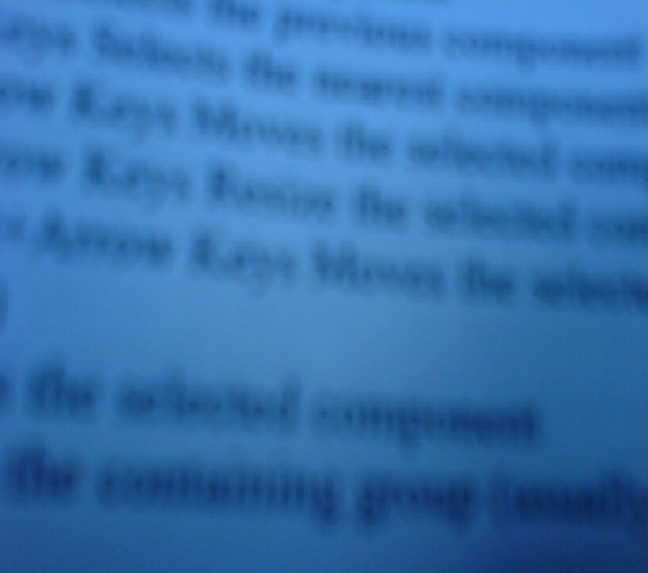
Accomplishing a number of mobile development projects our experts were getting more and more interested in video and image processing techniques. As a part of our internal Research/Modeling projects, Abto Software specialists are now involved in the research of various image restoration methods used in digital image processing applications.
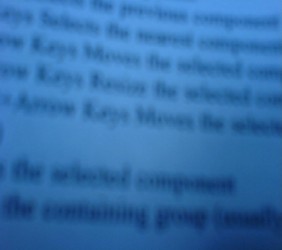
1. Original image
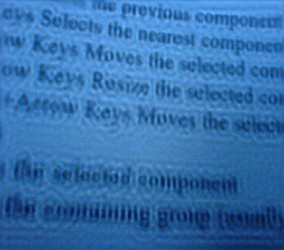
2. Restored image
When dealing with naturally degraded images (as opposed to artificially degraded ones), we came to the conclusion that in general, it is impossible to reliably obtain good results using only simple restoration methods such as inverse filtering or Wiener deconvolution. These methods won’t work even in the most common cases where the image blurring process can be described as its convolution with some blur kernels. In practice restoration of the degraded image requires applying the iterative blind deconvolution technique. To achieve even better results and decrease the processing artefacts, we use a total variation minimization scheme.
Other methods of image restoration investigated by our engineers include the use of genetic algorithms and other methods of stochastic optimization. Apart from image deconvolution, we are also conducting the research on Super Resolution method, which is used in our other project.
To get to know more about different techniques that we use in projects that delve into the Digital Image Processing area, please view our articles “Introduction to Image Restoration Methods” posted in Abto Software Blog. There we describe general Image Restoration approaches, Convolution, Deconvolution, Inverse Filtering and Wiener filtering and some other topics regarding image restoration.
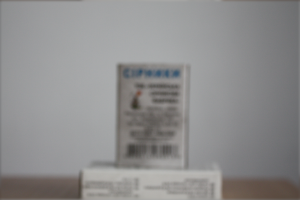
1. Original out-of-focus image obtained by a camera
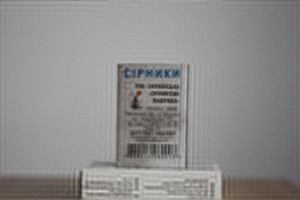
2. Standard Wiener restoration result
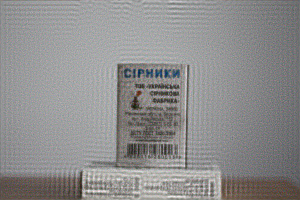
3. Standard iterative (Richardson-Lucy) restoration result
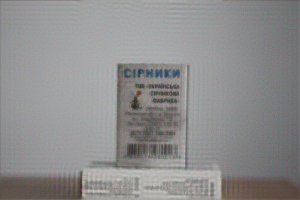
4. Proposed restoration method result